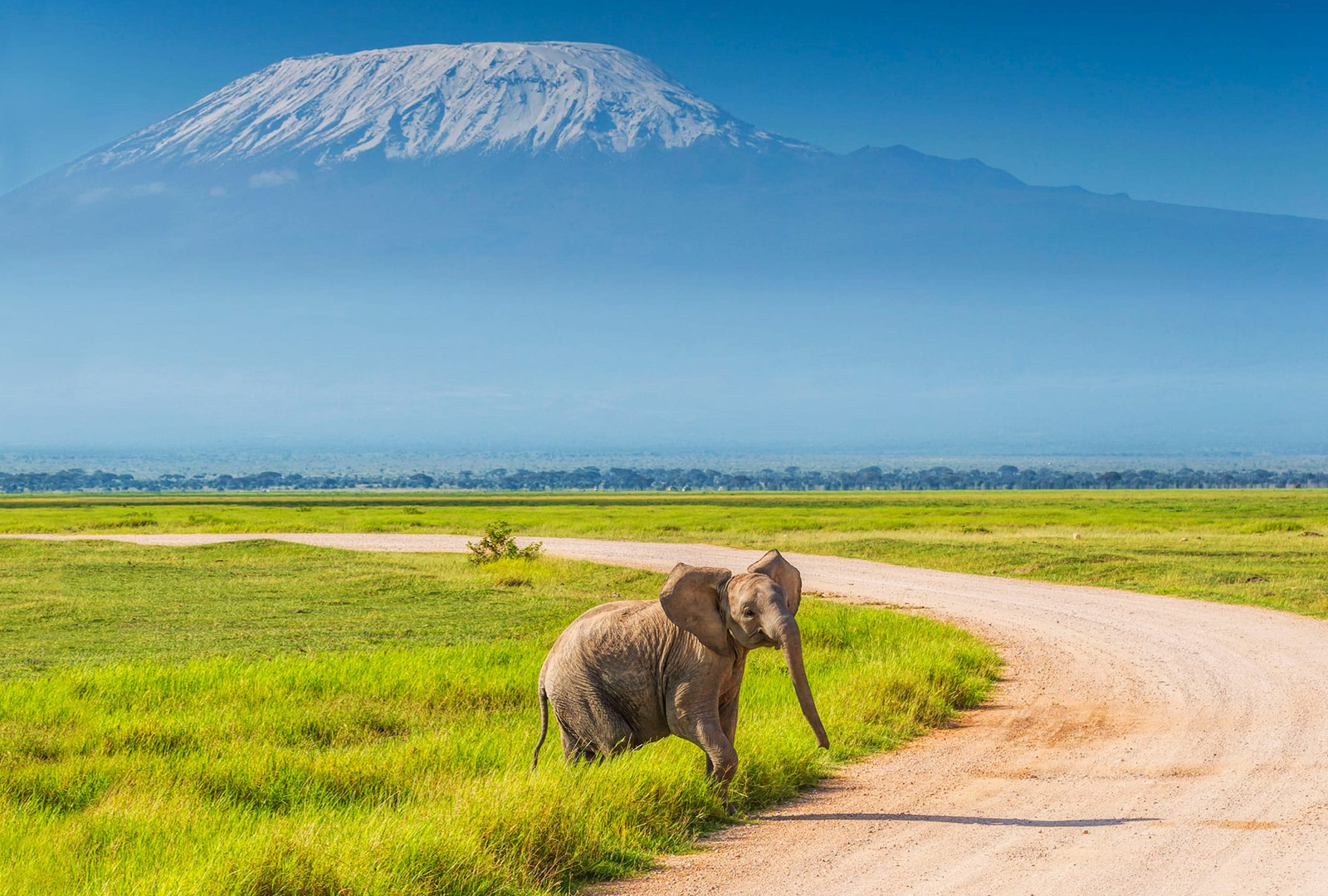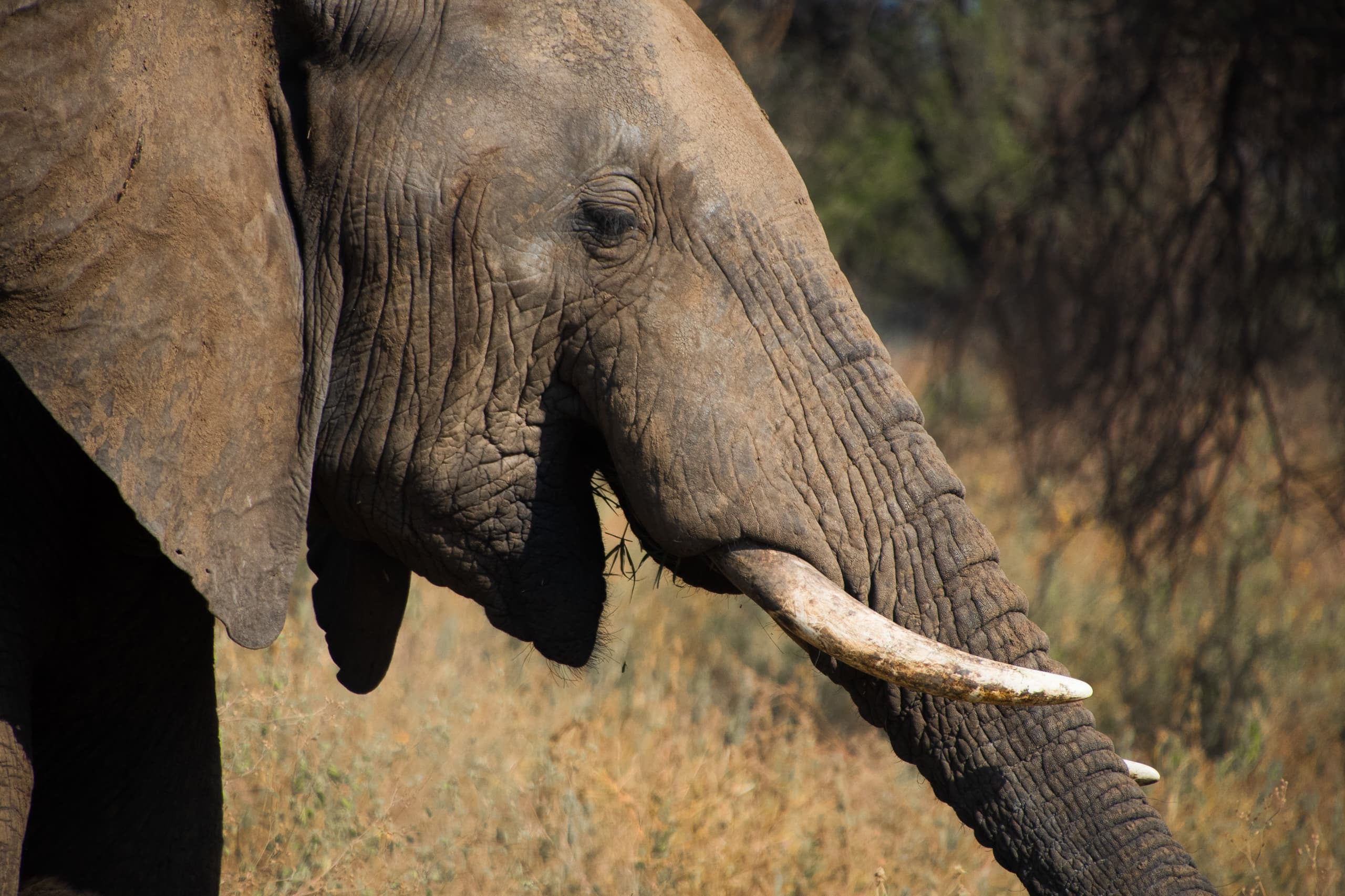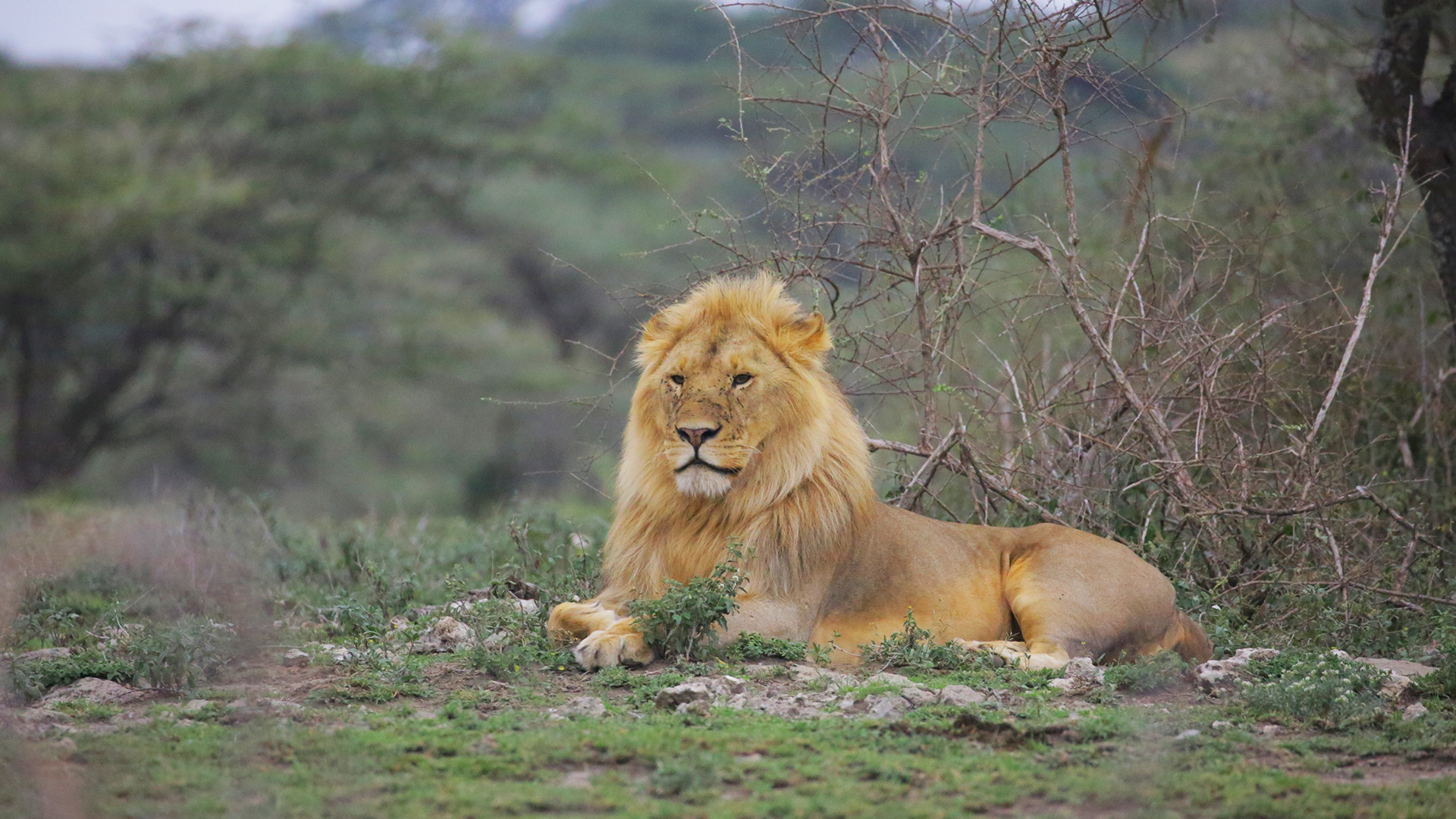How the Wildebeest Migration Affects the Serengeti Ecosystem: A Journey of Nature and Survival
The Serengeti, a name that evokes visions of vast savannahs under endless skies, is not just a destination but a living testament to the natural world’s splendor. As the heart of Tanzania, it offers travelers an unparalleled opportunity to witness one of nature’s most extraordinary phenomena: the Great Wildebeest Migration. This annual spectacle, where over a million wildebeests, zebras, and gazelles traverse the plains in search of fresh grazing grounds, is not only a marvel for the eyes but also plays a pivotal role in maintaining the Serengeti’s delicate ecosystem.
At Guides of Africa, we invite you to embark on this incredible journey, one that reveals not only the grandeur of the migration but also the interconnectedness of life within this UNESCO World Heritage Site. Join us as we explore how the wildebeest migration shapes the Serengeti ecosystem and why you should book your next adventure with us!
The Migration: A Natural Symphony
Every year, the wildebeest embark on a grand pilgrimage, often referred to as the "Great Migration." This journey is driven by instinct and the search for sustenance—a quest that leads these magnificent creatures across the Serengeti’s diverse landscapes. Spanning approximately 1,200 miles, the migration involves traversing the Serengeti in Tanzania and the Masai Mara in Kenya. This awe-inspiring event typically occurs from December to July, with the herds moving in a clockwise direction, dictated by the seasonal rains.
What makes this migration truly remarkable is not just the sheer number of animals involved, but also the intricate web of survival that it weaves within the ecosystem. As these herbivores move across the plains, they impact the land in profound ways, contributing to the health and vitality of the Serengeti.
The Role of Herbivores in Ecosystem Dynamics
Herbivores like wildebeests, zebras, and gazelles are fundamental to the Serengeti ecosystem. Their grazing habits help regulate plant growth, ensuring that no single species dominates the landscape. This grazing pressure promotes biodiversity by allowing a variety of plant species to flourish, creating a mosaic of habitats that supports an array of wildlife.
As the wildebeests graze, they also fertilize the land with their droppings, enriching the soil with nutrients essential for plant growth. This natural fertilization process, combined with the seasonal rains, leads to lush pastures that not only sustain the migrating herds but also attract predators like lions, cheetahs, and hyenas, creating a balanced food web.
The Impact on Predators and Scavengers
The migration is not solely about the wildebeests; it also acts as a catalyst for the Serengeti’s predator population. As the herds move, they draw in a host of predators that rely on this abundant food source. The presence of so many prey animals creates a dynamic hunting environment, allowing predators to thrive. Lions, for instance, often follow the herds, taking advantage of the vulnerable young, sick, or old wildebeests.
Moreover, the migration also benefits scavengers like vultures and hyenas. After a hunt, these scavengers play a crucial role in the ecosystem by cleaning up remains, thus preventing the spread of disease. This cycle of life and death reinforces the balance within the Serengeti, highlighting the interconnectedness of species in this vibrant ecosystem.
The Influence on Flora and Fauna
The effects of the migration extend beyond the immediate interactions between herbivores and predators. The grazing patterns of wildebeests and zebras help shape the landscape, influencing plant communities and the overall biodiversity of the Serengeti. For instance, areas heavily grazed by wildebeests will often see a shift in vegetation types, as certain plants adapt to the grazing pressure, while others may decline.
Additionally, the migration creates a unique opportunity for various species to coexist. While the wildebeests graze in one area, other animals, like elephants and giraffes, can feed on different types of vegetation that are less accessible to the migrating herds. This harmonious cohabitation helps maintain the overall health of the ecosystem, allowing multiple species to thrive side by side.
The Seasonal Rhythm of Life
The Great Migration is a remarkable example of nature’s timing and the seasonal rhythm of life in the Serengeti. The migration typically follows a predictable pattern, which is influenced by the rains and the availability of grasslands. These seasonal movements create a dynamic landscape, where different areas of the Serengeti come to life at different times of the year.
For travelers, this rhythmic cycle offers an exceptional opportunity to witness the breathtaking beauty of the Serengeti as it transforms throughout the seasons. From the lush green plains of early rains to the dramatic river crossings during the dry season, each moment presents a unique perspective on the natural world.
The Human Connection: Cultural Significance
The wildebeest migration is not just a natural phenomenon; it also holds cultural significance for the local Maasai people and other communities living in and around the Serengeti. These communities have coexisted with the wildlife for generations, developing a deep understanding of the ecosystem’s rhythms. The migration, in many ways, symbolizes resilience and survival, reflecting the Maasai’s connection to the land and its resources.
As you explore the Serengeti with Guides of Africa, you’ll have the chance to engage with these communities, learning about their traditions and how they embrace the challenges and rewards of living alongside one of the world’s greatest wildlife spectacles. This cultural immersion adds a layer of richness to your journey, making your adventure all the more memorable.
Conservation: Protecting the Serengeti
As we marvel at the wonders of the Great Migration, it is essential to remember the importance of conservation efforts to protect this unique ecosystem. The Serengeti faces numerous challenges, including habitat loss, poaching, and climate change. Sustainable tourism plays a crucial role in preserving this natural wonder, as it fosters awareness and generates funds for conservation initiatives.
At Guides of Africa, we are committed to responsible tourism practices that prioritize the health of the Serengeti ecosystem. By choosing to travel with us, you are not only embarking on a once-in-a-lifetime adventure but also contributing to the preservation of this incredible landscape for future generations to enjoy.
Why Book Your Tanzania Safari with Guides of Africa?
Embarking on a safari in Tanzania is a life-changing experience, and there’s no better way to do it than with Guides of Africa. Our expert guides are passionate about wildlife and ecology, ensuring that you gain a deeper understanding of the Serengeti and its intricate web of life. We offer personalized itineraries tailored to your interests, whether you’re an avid photographer, a wildlife enthusiast, or simply seeking an adventure of a lifetime.
Furthermore, we prioritize comfort and safety, providing high-quality accommodations and transportation to make your journey as enjoyable as possible. Our tours are designed to maximize your chances of witnessing the Great Migration and the incredible wildlife that call the Serengeti home.
So why wait? Book your Tanzania tours and safaris with Guides of Africa today! Experience the thrill of the Great Migration, immerse yourself in the breathtaking beauty of the Serengeti, and create memories that will last a lifetime.
For more information or to start planning your unforgettable journey, contact us at info@guidesofafrica.com. Let’s embark on this adventure together!
In conclusion, the wildebeest migration is not just a spectacular event; it is a vital component of the Serengeti ecosystem, bringing life to the land and a rhythm to nature. This incredible journey of survival invites travelers to witness the interconnectedness of life, inspiring awe and appreciation for the wonders of our planet. Join us at Guides of Africa and discover the magic of Tanzania—where every safari is a celebration of nature’s beauty and resilience.












